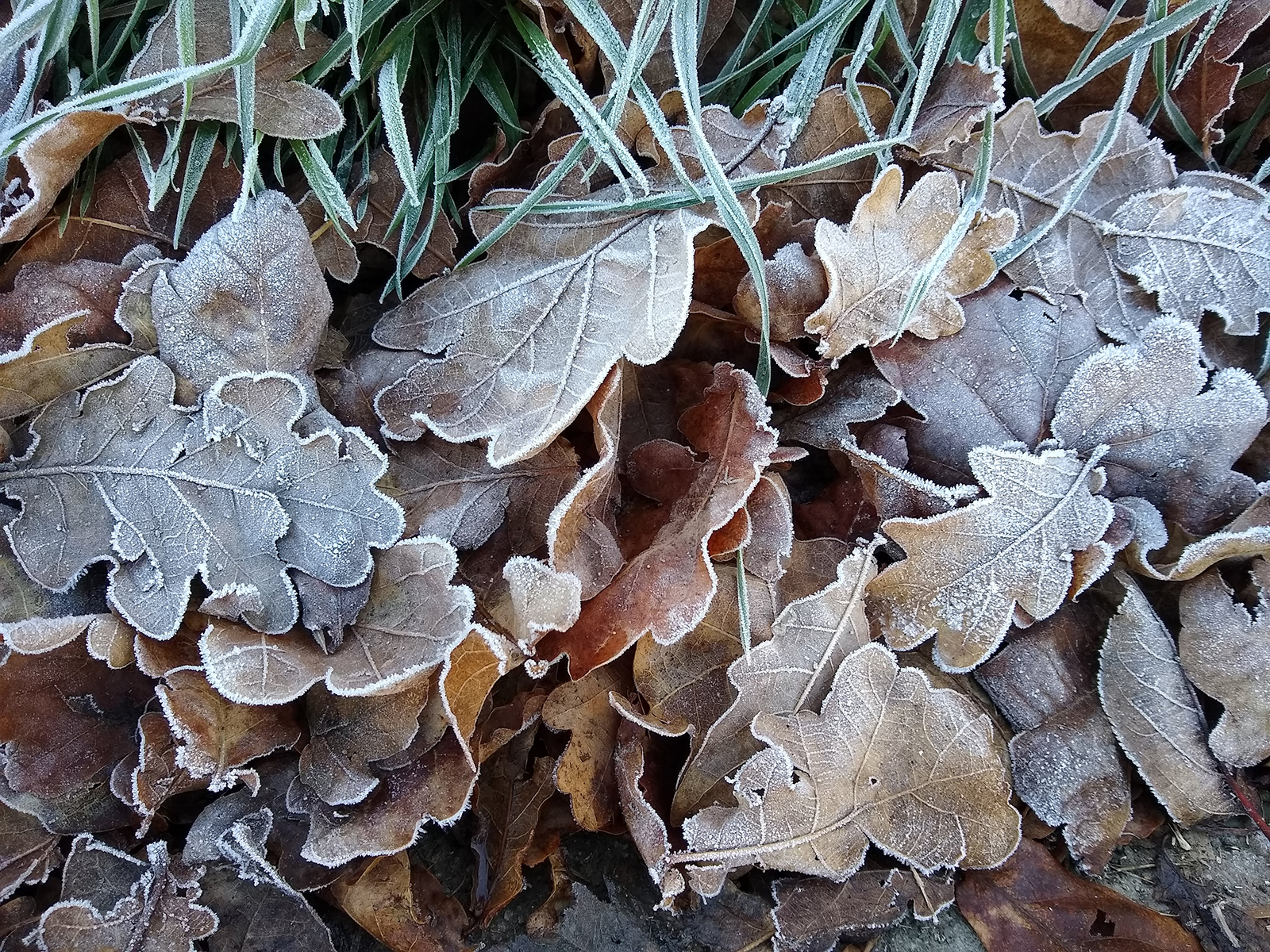Basque ethnography at a glance
![Mari Karmen Berrizbeitia. Sanblasak begietan: argazkilariak Abadiñoko ferian [Eyes on the Feast of St Blaise: photographers at the Abadiño fair]](https://www.labayru.eus/wp-content/uploads/2019/02/cordones.jpg)
Mari Karmen Berrizbeitia. Sanblasak begietan: argazkilariak Abadiñoko ferian [Eyes on the feast of St Blaise: photographers at the Abadiño fair].
The feast of St Blaise, on 3 February, is celebrated in many localities one way or another, but in Abadiño (Bizkaia) the occasion is a very special one. There is evidence of an agricultural and livestock fair held in this town since the 17th century. The said fair is well known throughout the Basque Country and used to be attended by people from all over the peninsula. (more…)

Akaitze Kamiruaga. Labayru Fundazioa Photographic Archive.
Winters are much milder than in times past. Frosts were more frequent then, and it used to snow more than it does now, according to numerous ethnographic testimonies.
Except for sudden, exceptional episodes of severe weather caused by so-called polar vortices, prolonged spells of ice and snow have all but vanished for much of the territory, and snow today lies for a couple of days and melts away. (more…)
![Red roof tiling. Photograph by Xabi Otero taken from Euskaldunak [The Basques], 4](https://www.labayru.eus/wp-content/uploads/2019/01/teilla-gorria_euskaldunak.jpg)
Red roof tiling. Xabi Otero. Euskaldunak [The Basques], 4.
Beyond its practical function, the roof tile (teila) is charged with symbolism in Basque folklore and ethnography, representing primarily the house (etxea), understood in a wider sense than merely a building.
The roof tile represented likewise private property as opposed to communal property. Thus, the roofs of shepherds’ huts and livestock housing built on communal land could not be tiled, since the tile was reserved for immovables. (more…)
![Women fish vendors in Donostia in the mid-nineteenth century. Reproduction of an engraving depicted by Luis de Madariaga in El país vasco-navarro [The Basque-Navarrese country]](https://www.labayru.eus/wp-content/uploads/2019/01/vendedoras-de-pescado-volteada.jpg)
Fish vendors in Donostia in the mid-nineteenth century. Reproduction of an engraving depicted by Luis de Madariaga in El país vasco-navarro [The Basque-Navarrese country].
Rather than seeking to provide a comprehensive account of trades from the past that are disappearing, or that have become practically extinct, here we shall confine ourselves to the city of Gernika-Lumo (Bizkaia), for many of these below would have been likewise known in neighbouring localities and further afield in the country. Some people exercised their skills door to door; others worked in workshops, stores and other premises. (more…)

